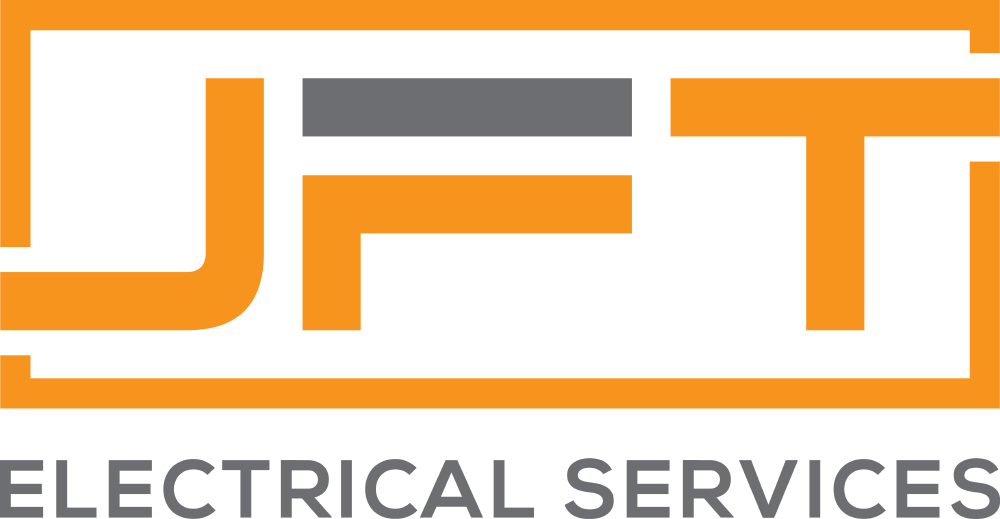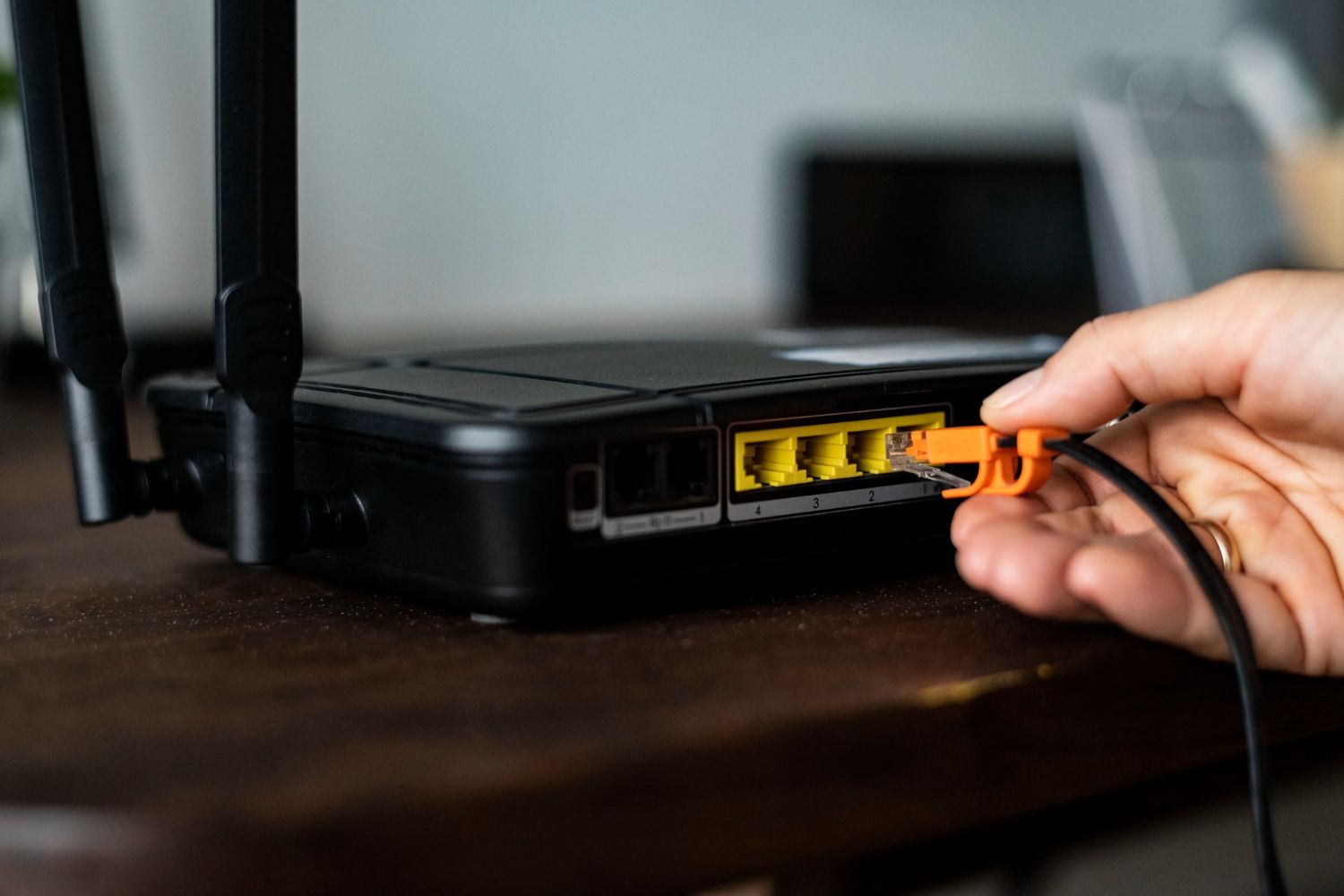Your Comprehensive Checklist for Home Electrical Inspections
SHARE POSTS:
Regular home electrical inspections are essential in safeguarding the safety and efficiency of your property. These inspections help identify potential hazards, prevent electrical accidents, and ensure compliance with Australian safety standards. To assist you in carrying out a thorough and effective assessment, we have created this comprehensive checklist covering crucial aspects of a home electrical inspection.
This checklist will guide you through examining crucial components, from wiring and circuit breakers to lighting and electrical outlets. By adhering to this detailed guide, you can feel confident in the completeness of your home's electrical inspection, promoting a safe and secure living environment for you and your family in South East Melbourne.
1. Safety Switches and Circuit Breakers
Safety switches and circuit breakers are vital components in protecting your home from electrical faults and potential hazards. Make sure that they are in good working condition by conducting the following checks:
Ensure safety switches are correctly labelled and installed on all circuits- Test safety switches by pressing the 'test' or 'T' button; the switch should trip, cutting off power to the corresponding circuit
- Inspect circuit breakers for any signs of wear, damage, or discolouration
- Verify that each circuit breaker's capacity aligns with the requirements of the appliances used on that circuit
2. Wiring and Cabling
Damaged or outdated wiring can pose serious risks, such as fires, electrocution, or electrical failures. Inspect your home's wiring system for any red flags:
Check for frayed or damaged cables and wiring- Inspect wiring connections, ensuring they are secure and free of corrosion or overheating marks
- Evaluate the age of your wiring system; older homes may require rewiring to comply with modern safety standards
3. Power Outlets and Switches
Regularly inspect your power outlets and switches to ensure they are functioning safely and efficiently:
Examine outlets and switches for cracks, damage, or discolouration- Test outlets and switches to ensure they are functioning correctly, without flickering or buzzing noises
- Verify outlets have appropriate safety covers to protect children from accidental contact
4. Lighting and Fixtures
Properly maintained lighting and fixtures contribute to your home's energy efficiency and safe operation:
Assess the condition of light fixtures, looking for any damage, wear, or loose connections- Test all lights to verify they are functioning correctly and efficiently
- Consider upgrading to energy-efficient LED light bulbs to reduce energy consumption and extend bulb lifespan
- Inspect outdoor lighting and security lights to confirm they are in good working order and mounted securely
5. Appliances and Equipment
Regularly reviewing your appliances and equipment can help identify potential electrical problems early:
Inspect power cords and plugs for damage, fraying or exposed wires- Test appliances and equipment for proper functioning and signs of electrical issues, such as flickering lights or unusual noises during operation
- Consider an energy audit to assess appliance energy consumption and improve your home's overall efficiency
6. Smoke Alarms and Carbon Monoxide Detectors
Smoke alarms and carbon monoxide detectors are critical in safeguarding your family from potential harm:
Test smoke alarms and carbon monoxide detectors to ensure they are working correctly; replace batteries as needed- Check the expiry dates on smoke alarms and detectors, replacing them as recommended by the manufacturer
- Ensure smoke alarms are installed in locations specified by Australian safety standards, such as outside bedrooms and on each level of a multi-story home
7. Electric Hot Water Systems
Regularly inspect your electric hot water system for any signs of electrical issues:
Check the thermostat setting to ensure it is within the recommended temperature range, typically 60-65 degrees Celsius- Inspect all connections and valves for signs of wear, leakage, or corrosion
- Verify the system's age; hot water systems generally require replacement every 10-15 years, depending on usage and maintenance history
8. Solar Power Systems
If your home has a solar power system, make sure it is operating safely and efficiently:
Inspect panels for any damage, dirt or debris that may hinder performance- Verify that all connections and wiring are secure and free of corrosion
- Check the inverter display for any error messages or maintenance requirements
By adhering to this comprehensive checklist, you can ensure a thorough and effective home electrical inspection, identifying potential hazards and maintaining compliance with Australian safety standards.
Safeguard Your Home with JFT Electrical Services' Expertise
Following this comprehensive checklist will enable you to identify potential hazards and maintain compliance with Australian safety standards, ultimately ensuring a safer and more efficient South East Melbourne home. Home electrical inspections play a crucial role in preventing electrical accidents, preserving your home's energy efficiency and protecting your investment. However, it's important to remember that some electrical inspections are best conducted by qualified professionals who possess the knowledge and expertise necessary to identify and rectify issues that might otherwise go unnoticed.
At JFT Electrical Services, our team of licensed and experienced
electricians in Bonbeach can provide thorough electrical inspections tailored to the unique needs of your property, ensuring the highest standards of safety and reliability. Trust us to safeguard your home and provide expert guidance for maintaining its electrical system. Contact us today to schedule a professional electrical inspection, and let our team of experts help you keep your South East Melbourne home safe and efficient!
RECENT POSTS:



